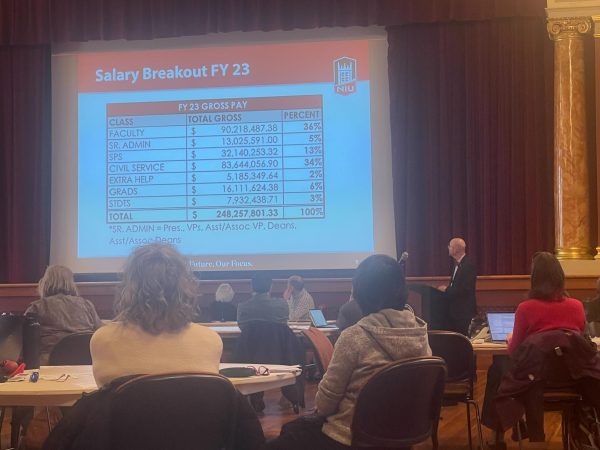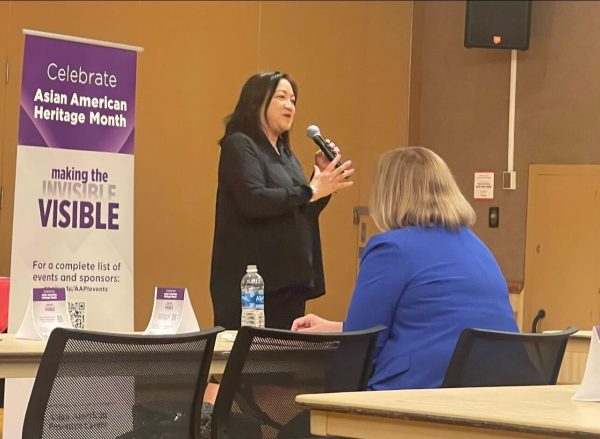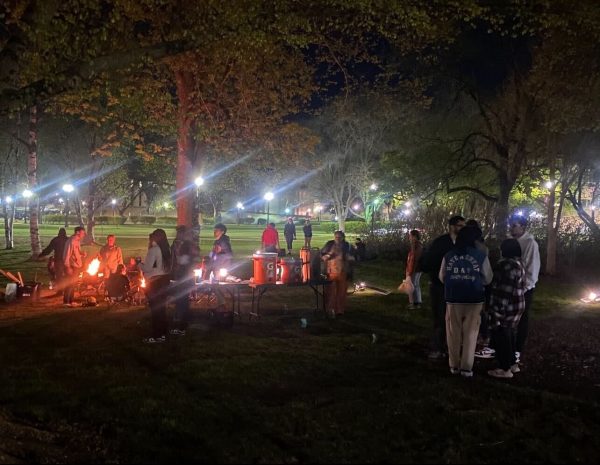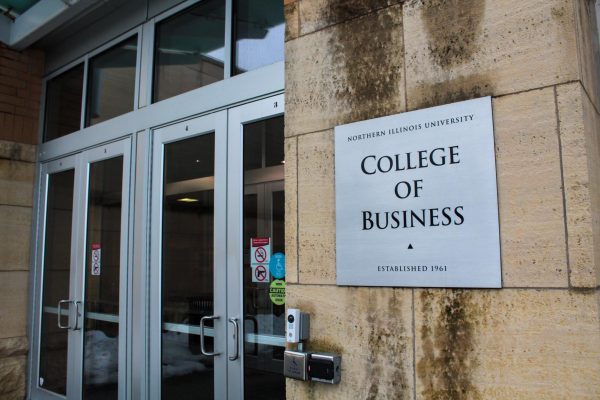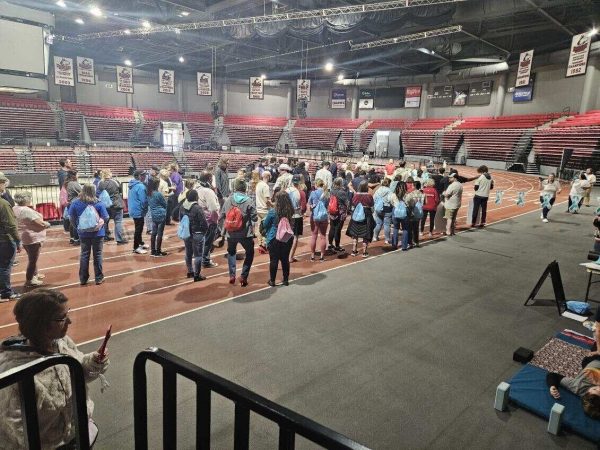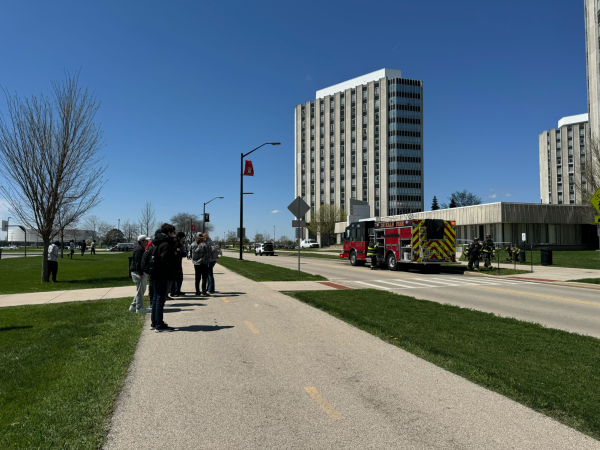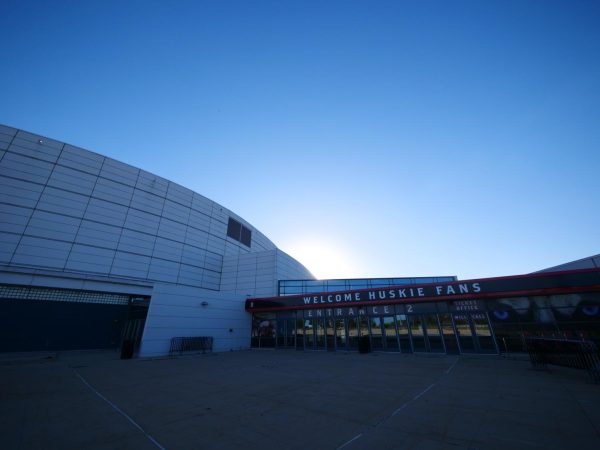NIU takes steps to promote conservation
December 11, 2006
It may not be obvious, but some of the changes at NIU are done to promote conservation on campus.
Though NIU isn’t considered totally sustainable, active changes to decrease energy consumption and increase water conservation are small steps toward helping the environment.
In any sustainable system, you have to be able to take out what you can replace, said Paul Searl, soil conservationist for DeKalb County Natural Resources Conservation Service.
Searl said NIU probably is not a sustainable system because outside inputs would have to be brought in to maintain it.
However, Mary Alice Drain, energy specialist for NIU’s recycling program, said the university is addressing energy and conservation issues.
Saving energy
Beginning in 2002, the conventional lighting fixtures in 62 buildings on campus, including the residence halls and academic buildings, were replaced with energy efficient fixtures, Drain said. The project, which cost more than $3 million, also allows for the use of bulbs that contain fewer toxins.
“We have been switching all of the lighting from regular florescent to high-efficiency florescent,” Drain said. “It uses only a fraction of the amount of energy and still gives you the same amount of light.”
The wattage on a light bulb measures how much energy is used. For example, a 60 watt incandescent light bulb can be replaced with a high energy florescent that uses 13 watts, she said.
NIU is also making modifications to the building energy use automation systems and electrical energy saving devices, such as the variable frequency drivers and the application of time schedules, Drain said. In some buildings, all non-emergency lights will turn off after a certain time of day, and in others, there are automatic censors, she said. For instance, the Convocation Center uses VFD heating-cooling recovery systems and building automation.
The university also closes on Fridays to allow for the chillers, or the heating/cooling from the heating plant, to be shut down to save on energy, Drain said.
Utility savings
Energy infrastructure improvements are used as utility savings for the university. Some improvements include window and door replacements in central campus academic buildings, which cost the university about $3.2 million, but with a guaranteed annual utility savings of $110,000, Drain said. Single-pane glass can be replaced with insulated glass, and operating windows can also be used to enhance ventilation and temperature control.
According to a recent Northern Star article, Paul Stoddard, president of the Faculty Senate, said the University Council discussed a contract to replace windows and doors, install motion sensors, and address water conservation and air handling needs in various buildings on campus. These improvements will also save the university on energy expenses.
Water conservation
Some water conservation measures made by the university include low-consumption restroom fixtures, lavatories and other restroom components, which expanded from public facilities to residence halls and bond facilities, Drain said. For example, many of the sinks on campus automatically turn off the water, and the toilets are low on water consumption and are designed to hold less water, she said.
“The fixtures on the automatic on/off of the sinks are [designed] to use a fraction of the amount of water they used before,” Drain said.
Steam conservation
Efficiency-enhancing initiatives were also taken in the boiler plant. Drain said this includes the installation of numerous pumping systems that do not require the use of electricity, replacement of steam trap and steam control devices, installation of regulators and thermostatically controlled valve systems and intensified pipe insulation/covering.
“These measures enable higher temperature for the returning steam and condensate for re-introduction into the system, allowing the use of less energy in the reproduction of the steam,” she said.
Solar power for 2007
NIU is in the process of working on a program to solar heat the swimming pools in Anderson and Gable Halls in the summer of 2007. Currently heated by gas, the pools and air space in both halls will soon be heated by the sun without using additional energy, Drain said. She said the cost of the project has not been determined, since the project will not go into contract until later this spring.




